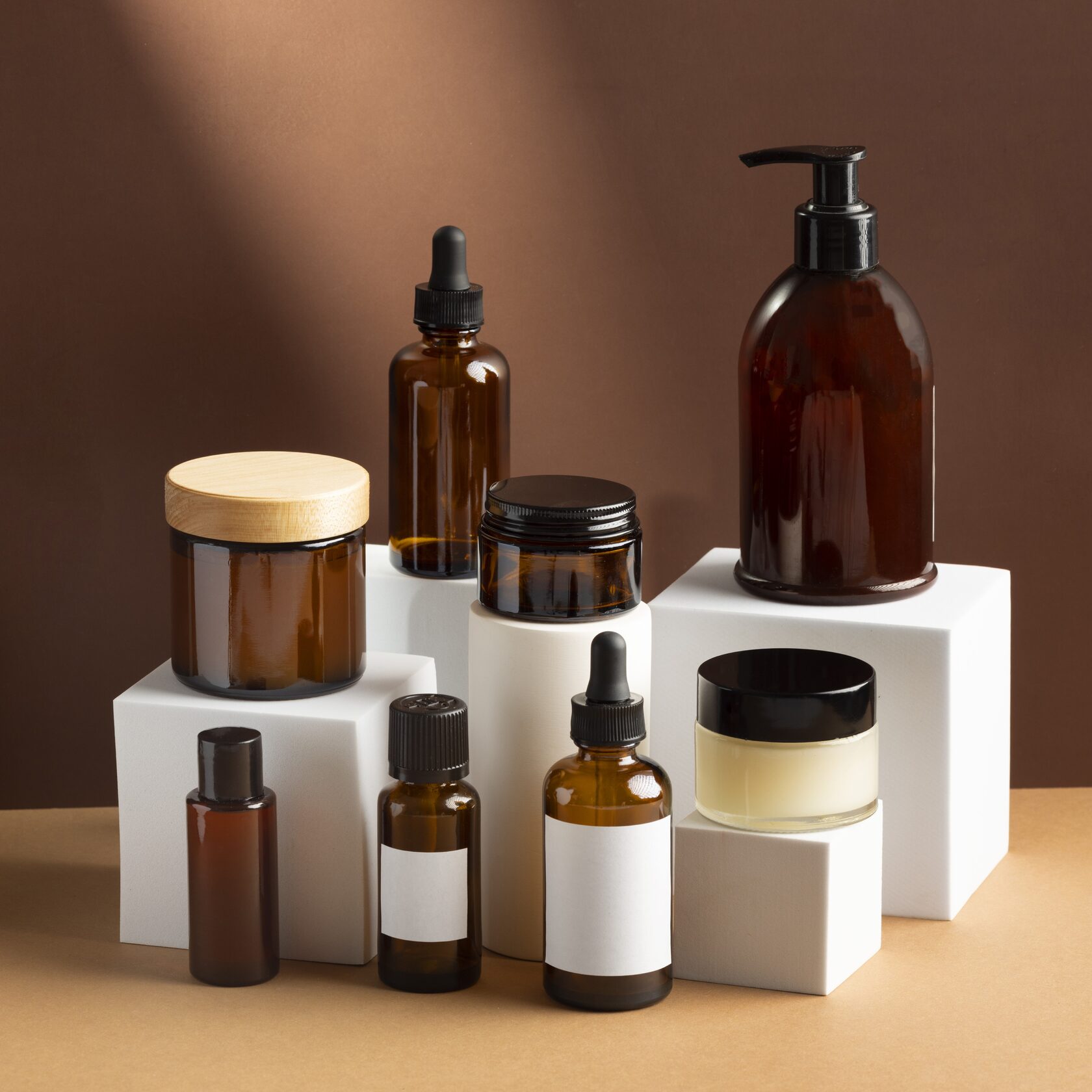By decision of the Council of the Eurasian Economic Commission dated November 29, 2024 No. 114, amendments were made to the technical regulations of the Customs Union "On the safety of perfumery and cosmetic products".
According to the updated regulations, “it is not allowed to use a name in the name of perfumery and cosmetic products assigned by the manufacturer that is the same or similar to the point of confusion with the trade name of a registered medicinal product or the name of a medical device. The criterion of similarity is a semantic (meaningful), phonetic (sound) or transliteration (associated with the use of a different alphabet to convey the name) feature that determines the similarity of the invented names. At the same time, the name (title) of perfumery and cosmetic products may include information about the ingredients included in the product, including biologically active substances (hand cream with vitamin F, after-sun cream with d-panthenol, face cream with hyaluronic acid, etc.).”
In addition, it is not permitted to release into circulation perfumery and cosmetic products in consumer packaging that has an external design (a set of graphic images and text information applied to the packaging) that is identical to the external design of the packaging of food products, including alcoholic beverages, or medicines and that misleads the consumer regarding the purpose of the packaged product.
The regulation applies to:
finished perfumery and cosmetic products (including on carriers) released into circulation in the territories of the member states of the Eurasian Economic Union;
perfumery and cosmetic products applied to light industry products placed into circulation in the territories of Member States, which do not relate to perfumery and cosmetic products on carriers;
perfumery and cosmetic products applied to articles (except for light industry articles) placed into circulation in the territories of Member States, which do not relate to perfumery and cosmetic products on carriers;
and does not apply to:
1) products intended for ingestion, inhalation, injection or implantation into the human body;
2) tattooing agents applied with damage to the skin;
3) products used for diagnostics (ultrasound gel, etc.) and treatment, including those registered as a medicinal product, or a medical device, or a traditional medicine;
4) products intended for pain relief, absorption of bruises, reduction of leg swelling, treatment of bruises and wounds, removal of benign neoplasms (warts, papillomas, etc.), affecting veins and joints;
5) products intended for the ear canal, nasal mucosa, and mucous membrane of the eyes;
6) disinfectants and antiseptics, repellents;
7) products designed to detect dental plaque;
8) lubricants, intimate gels and lubricants;
9) fluoride varnishes for teeth;
10) wet toilet paper;
11) products intended for the mucous membrane of the genitals and anus;
12) glue for gluing eyelashes, rhinestones, tips.
Источник: Фармацевтическое обозрение Казахстана, pharm.reviews
According to the updated regulations, “it is not allowed to use a name in the name of perfumery and cosmetic products assigned by the manufacturer that is the same or similar to the point of confusion with the trade name of a registered medicinal product or the name of a medical device. The criterion of similarity is a semantic (meaningful), phonetic (sound) or transliteration (associated with the use of a different alphabet to convey the name) feature that determines the similarity of the invented names. At the same time, the name (title) of perfumery and cosmetic products may include information about the ingredients included in the product, including biologically active substances (hand cream with vitamin F, after-sun cream with d-panthenol, face cream with hyaluronic acid, etc.).”
In addition, it is not permitted to release into circulation perfumery and cosmetic products in consumer packaging that has an external design (a set of graphic images and text information applied to the packaging) that is identical to the external design of the packaging of food products, including alcoholic beverages, or medicines and that misleads the consumer regarding the purpose of the packaged product.
The regulation applies to:
finished perfumery and cosmetic products (including on carriers) released into circulation in the territories of the member states of the Eurasian Economic Union;
perfumery and cosmetic products applied to light industry products placed into circulation in the territories of Member States, which do not relate to perfumery and cosmetic products on carriers;
perfumery and cosmetic products applied to articles (except for light industry articles) placed into circulation in the territories of Member States, which do not relate to perfumery and cosmetic products on carriers;
and does not apply to:
1) products intended for ingestion, inhalation, injection or implantation into the human body;
2) tattooing agents applied with damage to the skin;
3) products used for diagnostics (ultrasound gel, etc.) and treatment, including those registered as a medicinal product, or a medical device, or a traditional medicine;
4) products intended for pain relief, absorption of bruises, reduction of leg swelling, treatment of bruises and wounds, removal of benign neoplasms (warts, papillomas, etc.), affecting veins and joints;
5) products intended for the ear canal, nasal mucosa, and mucous membrane of the eyes;
6) disinfectants and antiseptics, repellents;
7) products designed to detect dental plaque;
8) lubricants, intimate gels and lubricants;
9) fluoride varnishes for teeth;
10) wet toilet paper;
11) products intended for the mucous membrane of the genitals and anus;
12) glue for gluing eyelashes, rhinestones, tips.
Источник: Фармацевтическое обозрение Казахстана, pharm.reviews











